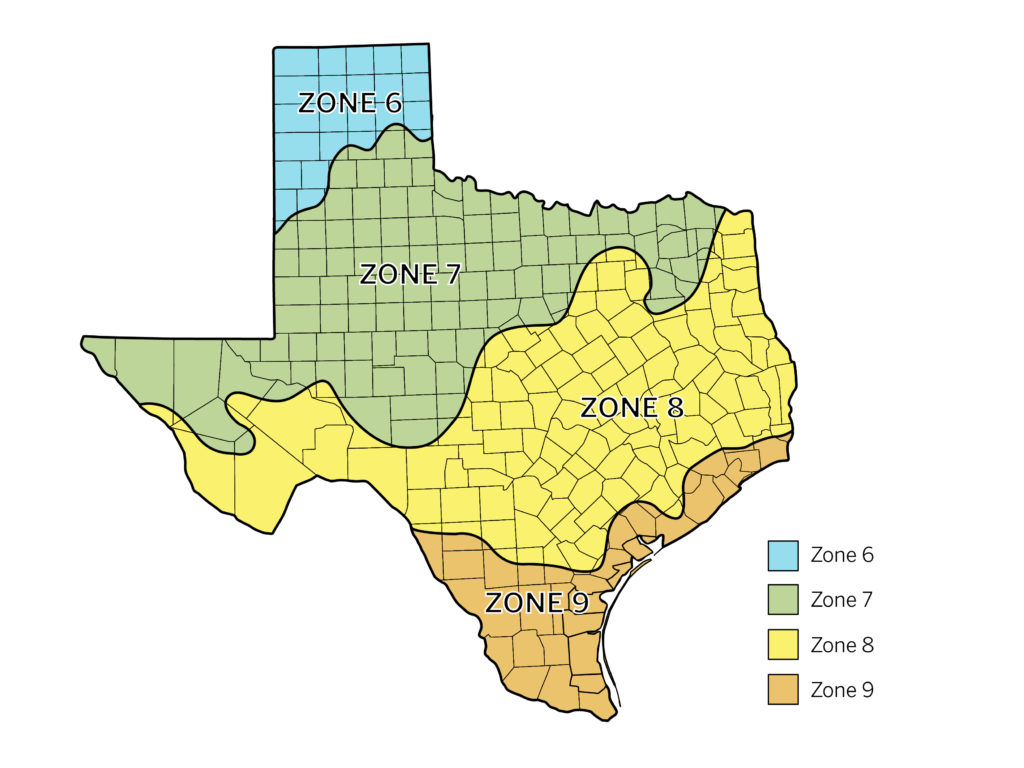When You Should Start Planting Fall Vegetables
Squash, pumpkins, the soft crisp and muted colors of autumn … these may be far from your mind in the middle of a standard melt-your-car-handles Texas July heatwave. And actually stepping outside? Into your garden? And gardening?
Bear with us. Even though the searing weather might be cracking your patio, turning your grass brown, and wilting your flower beds, right now is the perfect opportunity to plant yourself a wonderful surprise in the form of vegetables.
Here’s some advice on what to plant, how to plant, and when to plant it. “Fall you” will thank “today you” for your fall vegetable garden in a couple of months.
How to Prep
You will need to prepare your garden. Just a little. Nothing too serious.
First, if you plan to expand your fall vegetable garden this year, July is the best month to solarize. All you need to do is water the ground and cover it with a clear plastic sheet; this will help trap the heat and humidity in the soil while killing grasses and weeds that you’ll eventually (not today) remove to create a garden bed.
A few other steps you should take to prepare for your new planting:
- Keep your grass long so roots stay cool.
- Clean up debris in the garden.
- Lay down some compost to begin to prepare the soil and fertilize flower beds.
What to Plant
There are a lot of fall vegetables you’ll want to harvest in time for Thanksgiving and other cold-weather festivities, and this is the perfect time to begin. Be sure to water your plantings well so that roots can begin to form. Once the temperatures begin to drop, your vegetables will be ready to really begin to grow.
A few fall vegetables to start planting:
- Okra
- Eggplant
- Peppers
- Corn
- Sweet potato slips
- Pumpkin
- Summer and winter squash

When to Start
Let’s get into specifics. There are four USDA plant hardiness zones in Texas. Which one you live in will determine which fall vegetable garden crops are best to start in July.
Zone 6: The coolest of Texas’ hardiness zones covers the northern Panhandle. This is prime time to start getting beets, broccoli, peas, and spinach in the ground.
Zone 7: Covering much of West Texas north of Big Bend, this zone stretches all the way to the Red River. Here, cabbage can be planted mid-month. Cauliflower, kale, carrots, and lettuce, as well as zone 6 vegetables, can go in the ground at the end of the month.
Zone 8: Most of the middle portion of the state, including Dallas, Austin, San Antonio, and Houston, can start planting broccoli and cabbage at the end of the month.
Zone 9: The hottest area with the longest fall growing season, this southernmost zone covers much of the state south of San Antonio, toward the Rio Grande Valley and the Gulf Coast. July is still a little early to start most of the vegetables in your garden, but you can start with peppers and tomatoes toward the end of the month.
Tight on space? Find out how to turn your balcony into an urban garden.
© 2019 Texas Farm Bureau Insurance



